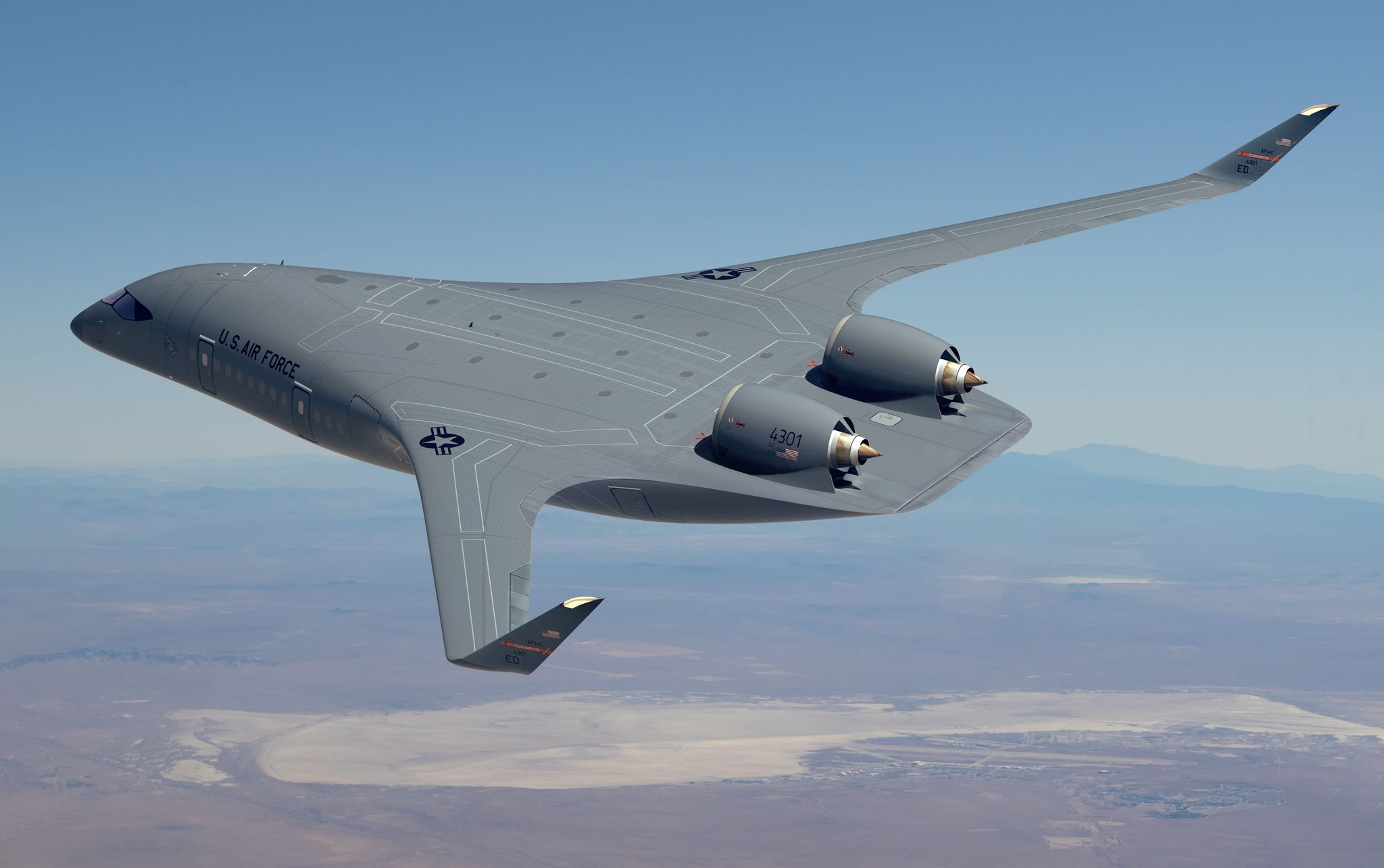SOURCE: AFI


The future of the C-17 Globemaster III, a workhorse military transport aircraft, is a topic of debate. While current operators like India yearn for more, the question remains: should production resume with the existing design, or should a modernized version take flight? The C-17 boasts an impressive track record, with a high mission capable rate and a loyal following among operators like the Indian Air Force (IAF). However, production ended in the early 2010s. Restarting production with the exact same configuration might not be the most efficient use of resources.
Creating a completely new, more advanced C-17 variant solely for a limited number of aircraft might not be cost-effective. The IAF, with its desire for just two additional C-17s, exemplifies this challenge.
Boeing has unveiled a potential answer: the BWB, a revolutionary transport aircraft design. This concept merges the stealthy efficiency of a flying wing with the robust cargo capacity of traditional aircraft.
Recognizing India’s strategic importance, Boeing is actively soliciting feedback from C-17 operators, including the IAF, to gauge potential interest in the BWB program. This outreach aims to secure export clients and shape the BWB’s development.
The future of military transport hinges on a delicate balance. Operators like the IAF require reliable, powerful airlifters, but advancements in technology like the BWB offer potential for enhanced performance and efficiency.
The coming years will reveal whether Boeing’s BWB captures the imagination of C-17 operators like India, paving the way for a next-generation airlifter, or if a more modest C-17 production revival takes place. Regardless of the path chosen, the need for robust airlift capabilities remains paramount, ensuring this discussion will continue to hold significant weight in the world of military aviation.